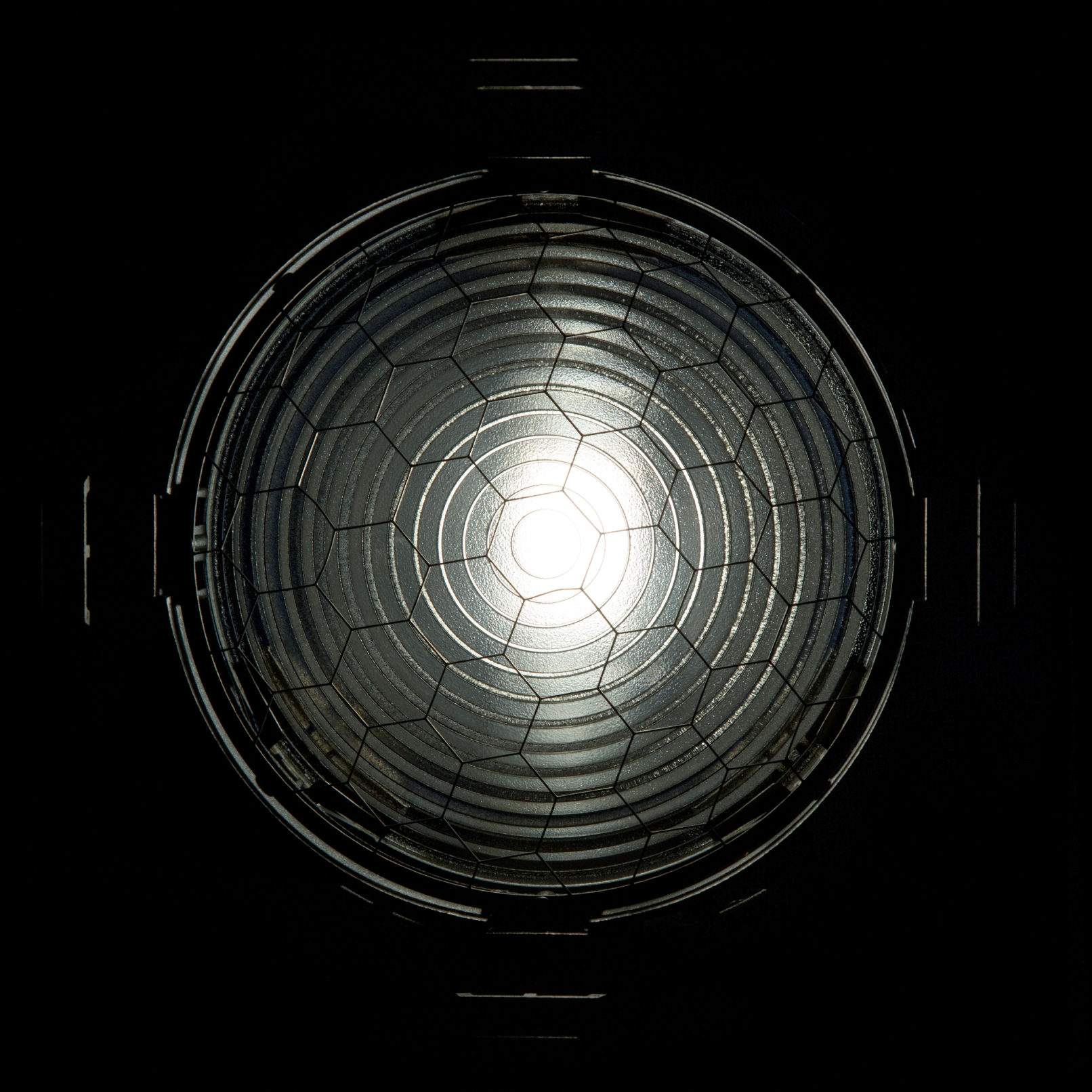The Hand of God
The Hand of God investigates the most omnipresent element used in the production of photographic work – light.
Working in the studio and on location, photographers, videographers and cinematographers employ a wide range of lights and lighting modifiers to control, diffuse, shape and contort the light illuminating the scene. While these tools are never directly seen in the final composition, their use is integral to the desired aesthetic outcome, each fixture and modifier leaving a specific visual fingerprint in the image.
By turning the camera around – away from the scene and onto the lights and modifiers themselves, my photographs in The Hand of God make visible what is required for the image to exist: (controlled) light. While it is impossible to thoroughly visualize the exact impact each individual tool imparts onto the image, these images serve as a catalogue of how artificial light is employed to create a photographic image.
The project’s title, The Hand of God, takes its name from a rather old a darkroom-based technique manipulating photographic images, where the photographer would use their hand to physically alter what parts of the frame did, or did not, receive light during exposure: essentially replacing the sun in dictating what would appear bright or dark in the resulting print. More recently, as more advanced digital techniques have developed, this practice has become relatively rare and frowned upon in the world of photojournalism (where the term was originally coined), but the idea that the photographer can control what appears light and dark remains crucial in the creation of the photographic image.


















